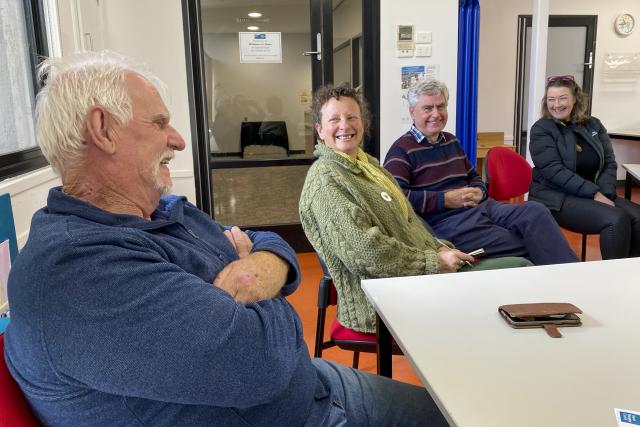
Gabriella Vukman
The possibility of better transport for the Yarra Valley flits on the horizon as trials go ahead for a new project that could render public transport more affordable and accessible for locals.
Thanks to funding from the department of transport, Trips and software developers, EV transport is in the developmental stage of providing a new transport system for the Yarra Valley region.
Manager of Transport Operations, Marnie O’Loughlin notes the “inequity” when it comes to public transport in outer eastern Victoria and said “We’re acutely aware, particularly when there’s additional levels of vulnerability in the community, that the transport problem is exacerbated extensively.”
Ms O’Loughlin said, “we know that public transport out there traditionally doesn’t work so well. Maybe there’s one vehicle per family and someone takes that vehicle to work. What do the others do?”
“We want to break down the barriers for people experiencing transport inequity,” she said.
A trial launch of the proposed system is currently taking place, with EV transport receiving a window from the beginning of August to November to confirm that there is indeed a great need for better transportation options in the region.
“Unfortunately when it comes to funding it’s a numbers game and so we’ve got to get the data.”
The proposed trial system operates on a volunteer basis wherein individuals that are already driving to certain areas are paired up with clients who also require a lift to these same destinations.
“The bonus is that people are driving to work everyday anyway. That’s a cost you already have, but if you put someone in the car, then that cost is covered.”
Signing up to the program is free of charge and drivers will receive a per kilometre reimbursement sum that will cover fuel and maintenance costs.
“There’s no cost to actually onboard with us except your time and information.”
At this stage of the project, EV are seeking to recruit enough drivers and clientele to prove that the system is being actively used according to reasonable demand.
“We’re always looking for more drivers,” Ms O’Loughlin said.
With enough data collected, the project can continue to be funded and expanded upon.
“Can we get the community moving between now and November?”- if it doesn’t then we won’t be able to get any future funding. We need to show that this model actually works.”
Recruitment for drivers and signups for clients commenced at the beginning of August and anyone over the age of 18 is eligible for service.
“At the moment 18 and up can use it, however if the program gets legs and there’s a need we can then develop it further to include under 18s.”
Currently the system is operating in a scheduling format but the goal is that with enough people registered, the operation can move to an on-demand model.
“We absolutely have the potential to be able to get some additional funds to continue to develop it further and make it an on-demand rather than a pre-booked model.”
To ensure safety, on-boarding drivers must undergo a police check, interview and receive a working with children’s check, however these procedures are completely free and funded by the EV program. And is of no cost to drivers or clients.
“We want to make sure that the people that are driving the vehicles are safe, licensed and have a level of security to them. Each person is screened to reduce the level of risk and ensure a level of safety.”
At this stage of the project there are still elements in need of development.
“One of the struggles is that the clientele out there, often aren’t well connected to technology. We’re looking for people that can’t access normal services and these people need to sign up with us so that we know they need our services.”
O’Loughlin also informs that it is “unlikely” that the system will ever be run as a profit business and therefore, must rely on future funding.
“Profit based models don’t work up there so having it driven and powered by the community is the only way to keep it sustained,” she added.
Another element of the project is ensuring inclusion and accessibility.
“Some vehicles may be too high off the ground or inaccessible for various clients and so there’s a whole myriad of things that we need to match up for. We do an assessment of the client to see if there’s any risks that we need to be aware of and then we match the client with the appropriate driver. We want to make sure we’re putting the right people together in cars.”
O’Loughlin posits, a program that renders travel more affordable and accessible to the community would alleviate the “inequalities” that accompany transport in the Yarra Valley area.
“I think this model, if successful, could be very beneficial for Victoria and across Australia,” O’Loughlin said.
To sign up visit the EV Transport web page at; https://ev.org.au/upper-yarra/






